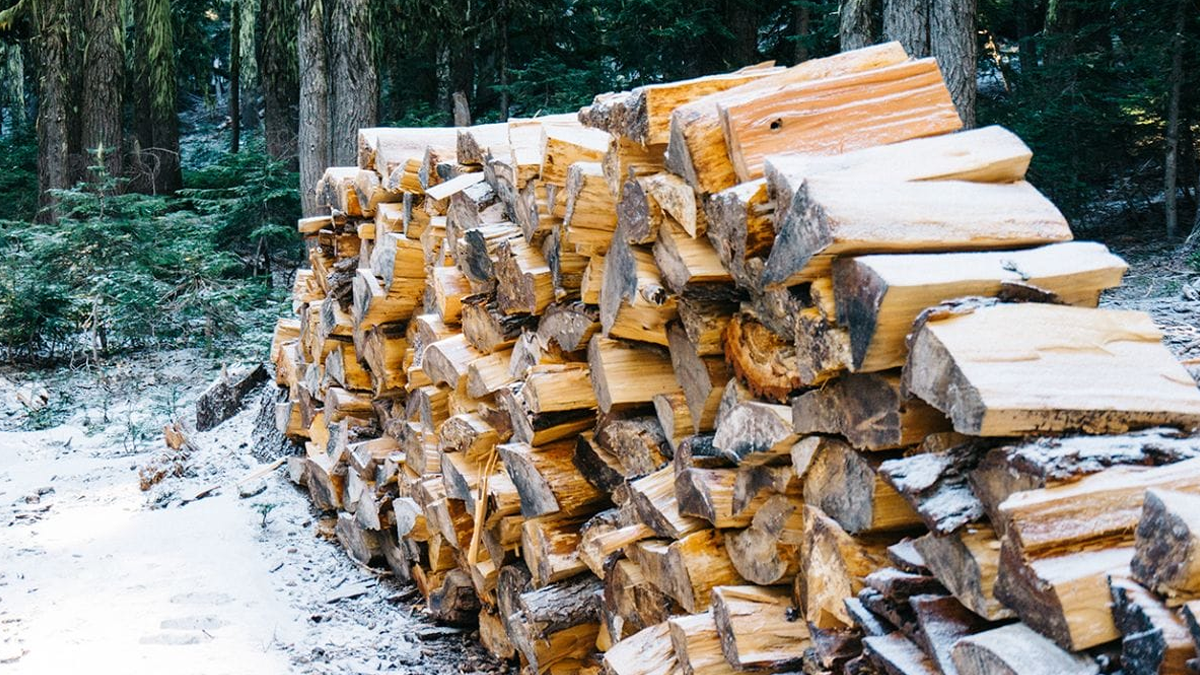
Growing mushrooms at home can be such a rewarding and interesting venture. Mushrooms are fungi and not plants, hence they have special requirements for growing. This guide will walk you through the procedure of growing mushrooms, from choosing the right kind of mushroom to harvesting your very own crop.
Choosing the Right Kind of Mushroom
The first step in growing mushrooms is choosing the kind of mushroom to be grown. Some common varieties that can be grown at home include:
- White Button Mushrooms (Agaricus bisporus): They are common in groceries and hence relatively easy to grow.
- Oyster Mushrooms (Pleurotus ostreatus): The mushroom is known for its mild taste and is easy to grow—a perfect one for any beginner.
- Shiitake Mushrooms (Lentinula edodes): It is an indispensable mushroom known for its robust, earthy taste; however, it’s a bit high maintenance.
- Lion’s Mane Mushrooms (Hericium erinaceus): It is an impressive mushroom in both its appearance and Mushrooms reproduce using spores, which in the case of fungi, are like seeds in animals and plants.
The lifecycle of a mushroom is comprised of:
- Spore Germination: The spores are germinated into mycelium, which is the vegetative part of the fungus.
- Colonization: This mycelium now colonizes the growing medium (substrate).
- Fruiting: When given the right conditions, the mycelium forms into the mushroom.
- Harvesting: By this time, mature mushrooms are harvested.
Mushrooms require a substrate that has a lot of nutrients in it to grow. Different mushrooms will have different preferences for substrates:
- White Button: Manure and straw compost
- Oyster: Straw, sawdust, or coffee grounds
- Shiitake: Hardwood logs or sawdust blocks
- Lion’s Mane: Hardwood sawdust
Sterilization
This is the step that really ensures your substrate will not be overtaken by various unwanted fungi or bacteria. Here’s how you can do it:
- Pasteurization; Heat the substrate to 160-180°F (71-82 °C) for 1 hour to kill most contaminants.
- Sterilization: For proper sterilization, which is free from contaminations, put the substrate in the pressure cooker and heat it at 15 PSI for 1-2 hours.
Inoculation
The substrate is then introduced to the mushroom spores or mycelium in the inoculation process. This is done by:.
Spawn: Spawn is mycelium grown on a substrate such as grain or sawdust. This is mixed into the prepared substrate.
Incubation
After inoculation, the substrate has to be kept in a warm and dark environment for the mycelium to colonize. Ideal temperatures vary depending upon the type of mushroom; however, it usually ranges from 65-75°F or 18-24°C. Ensure the surrounding is humid with a relative humidity of about 80-90%.
Fruiting
Finally, when the substrate has been completely colonized, it is time to induce fruiting. This is usually done by controlling these major factors:
- Light—The mushroom needs direct and indirect light in order to form fruits. Any direct sunlight then has to be filtered.
- Temperature—Lower slightly, around 60-70°F.
- Humidity: Keep it at 85-95%. Mist the grow or use a humidifier if necessary.
- Fresh Air—There should be fresh air exchange so carbon dioxide does not build up. This can be arranged with a fan or windows for air to pass through.
Harvesting
Be picked any time when their caps are fully open but before the spores start to shed, and this occurs around the junction of the cap and the stem. The mushrooms should be cut from the base with a sharp knife. Be gentle to avoid a lot of disturbance to mycelium; sometimes, mycelium may flush for more than one crop of mushrooms.
Topics for Further Discussion
- Common Problems Bad Contamination: When you start to see the development of mold or bacteria, try and remove that part immediately. Sterilize all your equipment, as well as surfaces.
- Slow growth: Due to inadequate temperature, low humidity, or poor air exchange.
- No fruiting: Ensure that there is a fully colonized substrate and that you have the right conditions for fruiting.
How to succeed
- Start Small: Begin with a small and manageable project to learn the basics.
- Cleanliness: Make sure you clean and sterilize as the greatest contamination is achieved by cultivation in a non-sterile environment.
- Monitor Condition: Keep close eyes on temperature; the level of humidity and air exchange should be good.
- Be Patient: Mushrooms may take a number of weeks to fruit. A lot of patience is required to carefully monitor the process.
Advanced Techniques
After you get familiar with the cultivation of basic mushrooms, you can proceed with advanced techniques like:
- Cloning: Tissues of a mature mushroom are taken to grow the exact same kind of mushrooms.
- Grain Spawn: Inoculating sterilized grain yourself using mycelium.
- Outdoor Cultivation: Some mushrooms such as shiitake can be grown outside on logs.
Conclusion
Growing mushrooms at home can be a fun and rewarding pastime. With a bit of knowledge and the right kind of care, you will be able to obtain many harvests of fresh, great-tasting mushrooms. To novices and experienced gardeners alike, mushrooms will provide a new, fascinating interest. The following text will lead you through these steps and farther to successful mushroom growing. Enjoy!







